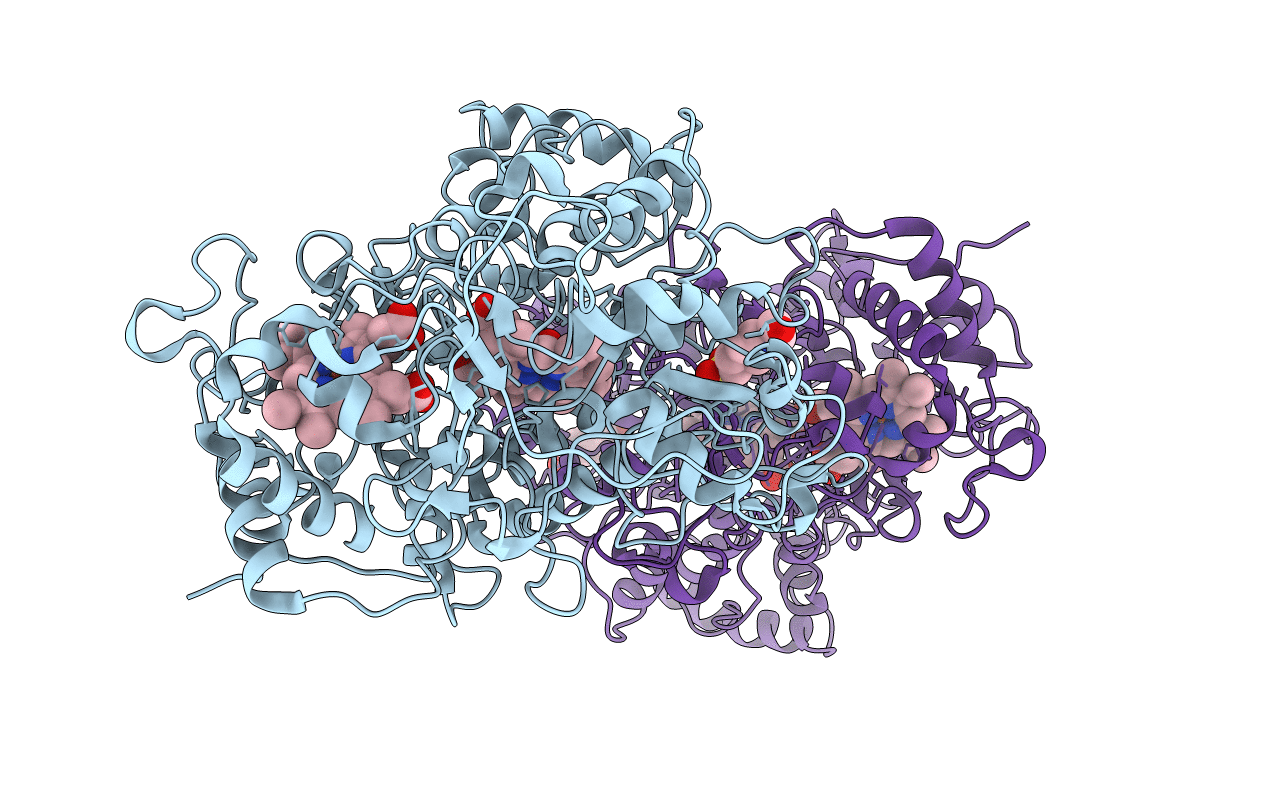
Deposition Date
2012-07-17
Release Date
2013-07-24
Last Version Date
2024-11-13
Method Details:
Experimental Method:
Resolution:
1.80 Å
R-Value Free:
0.21
R-Value Work:
0.16
R-Value Observed:
0.17
Space Group:
P 1 21 1


